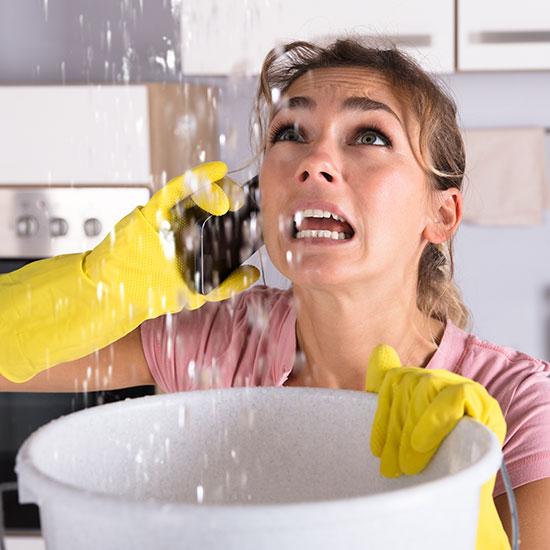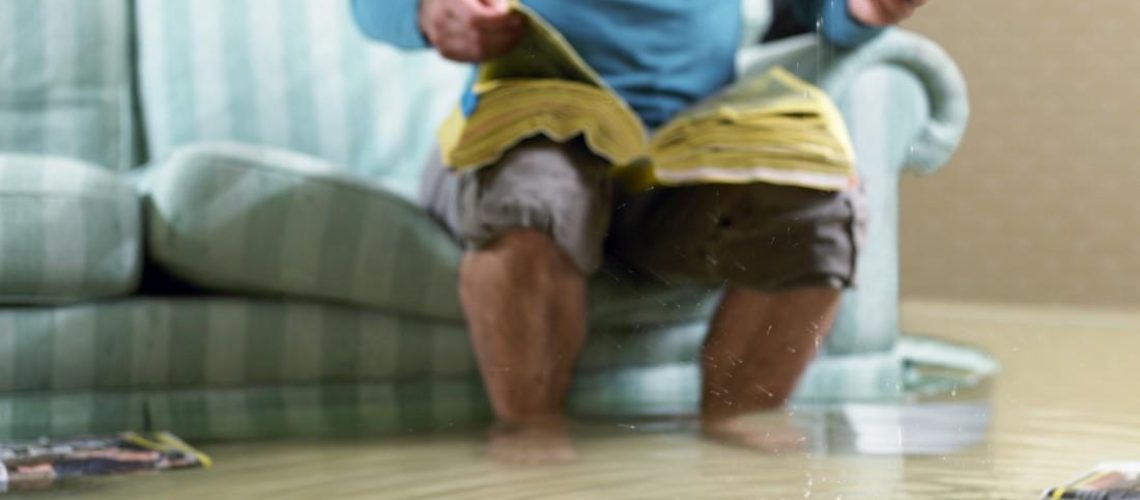Everyday things happen to homes and commercial properties all over the country that are covered under homeowners and commercial insurance policies. Things like, broken or burst supply lines. Every water fixture in your home or business has a water supply line. They are the small hoses under your sink that connect the plumbing in the wall to the sink faucet. They wear out overtime and break. A break from a water supply line is like bringing a garden hose inside of your home and leaving it on. The damage can be unimaginable. Just think about this happening in a multi-story home or business.
There are other types of common water damage sources such as:
- Broken Pipes
- Ice Maker Line
- Dishwashers
- Water Filtration Systems
- Toilet Overflows
- Roof Leaks
- Window Leaks
- Shower Pan Leaks
- Washing Machine Leaks
- Air Conditioner Leaks

It is very important to understand the insurance claim process before disaster strikes, small or large. You shouldn’t have to worry about cleaning up a mess in your home after damage while dealing with the worry of the claims process.
5 IMPORTANT TIPS & WHAT YOU SHOULD KNOW BEFORE / AFTER YOU FILE A WATER DAMAGE CLAIM
Tip # 1: – Safety
Make sure that you, your family and the rest of your property is not in any other immediate damage. If needed, get out of the property and call local emergency authorities.
Danger & Safety Examples:
- People can be insured by slipping on wet flooring
- Leaks in multi-story units can cause ceilings to fall
- Electric shock can occur if water comes into contact with electrical components
Tip # 2: – Mitigate (stop) the damage
Take care of the obvious. Turn off the source of the water.
Your policy contains language with regards to your “Duties After Loss”. Not following the duties set forth in your policy after a loss can result in underpayment of your claim or even worse, denial.
Mitigation Examples:
- When it is safe, start to clean up the water with towels or a shop vac
- Protect any other property you can from becoming damaged
- Call a water extraction / mitigation company to professionally mitigate the water
Tip # 3: – Document, Document, Document – Everything
Time to get your camera! The good thing is, virtually everyone has a camera in their pocket!
Take pictures and video the damages to your property. It goes without saying, a picture is worth a thousand words and video is better! You should also describe the extent of the damage in video recordings while keeping your camera movements slow as to capture all of the damage. Moving slower than you would think will help avoid blurry images.
Next, grab a note book. Begin to make a list of the damage to your property, all rooms and personal belongings. Start to document the purchase date of items and their values. You do not want to start throwing anything away until you have been inspected by the insurance adjuster. Do not throw anything away until you are confident that you have captured all damages with your camera, even after the insurance company inspects.
Tip # 4: – Call your insurance company or agent
The “Duties After Loss” in your policy also require that you give prompt notice to them or your agent. Do this.
Tip # 5: – Hire a Public Adjuster
Here at Ocean Point Claims Company, we are available to discuss your claim options 24/7. Our Adjusters are licensed and experienced in water damage claims. We will make sure that you feel like you are our only client! We will take care of all of the documentation of your claim for you, ensuring that you receive the maximum settlement possible.


